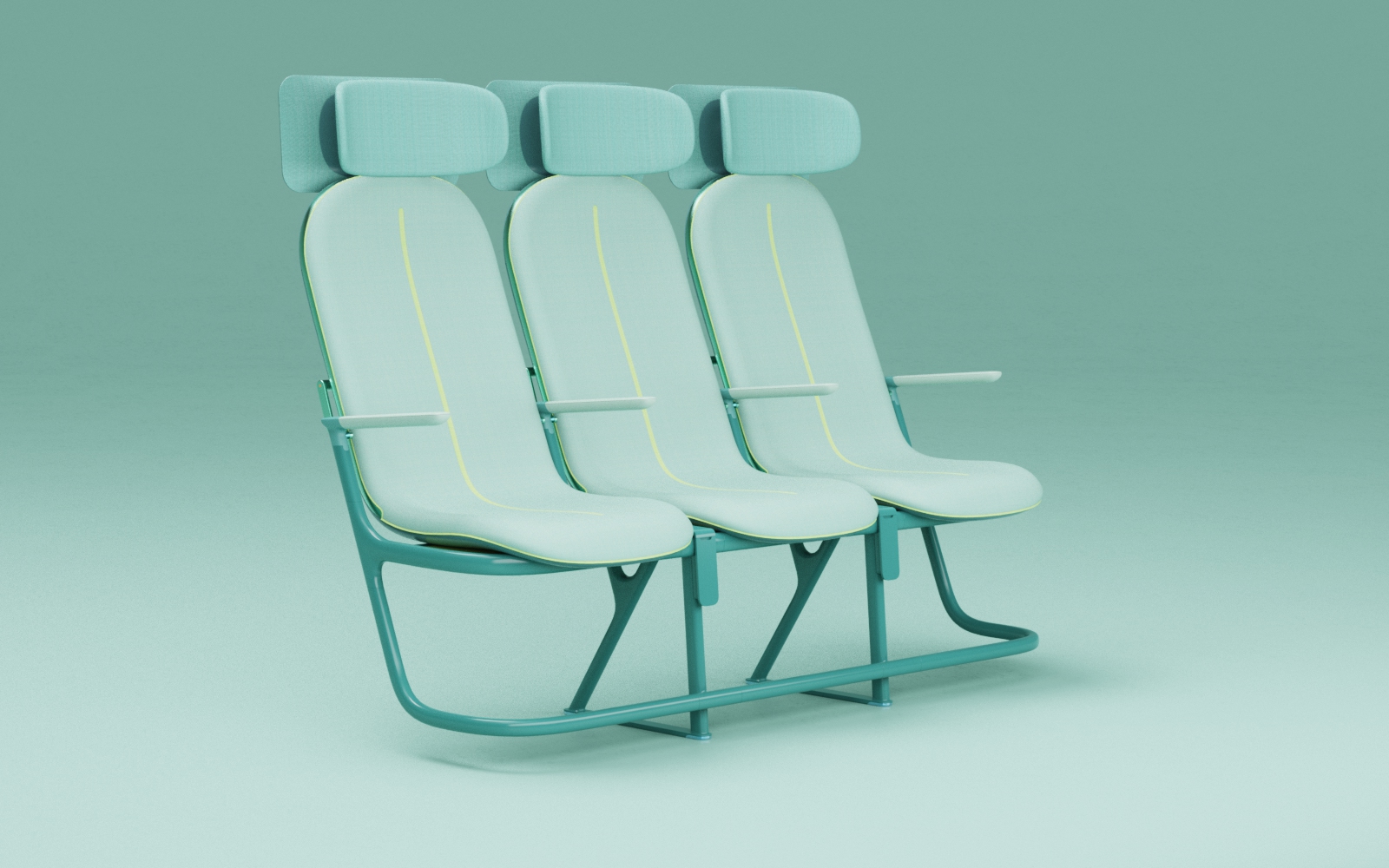Aerospace Technology Institute
Year
2022
Services
– Industrial Design
– Aircraft Certification
– Design for Sustainability
Led by the Aerospace Technology Institute and backed by the UK Government, FlyZero is intensive research project seeking to deliver zero-carbon emitting aircraft by 2030.
Orson Associates were tasked with the development of the cabins, ensuring that the technical and experiential aspects of the passenger spaces would meet the needs and aspirations of future markets.

Exploration
The three FlyZero aircraft embody a multitude of new technologies which have a profound effect on the design of the passenger cabin. At the same time, novel approaches to aerodynamics and the distinct mission profiles of each aircraft place demands on the cabin’s scale and overall form.
To prove the viability of these aircraft, we created designs to satisfy the relevant certification requirements and meet the needs of the airlines that will operate them. Beyond this, we were determined to demonstrate that as cabins evolve to meet the requirements of sustainable aviation, the necessary changes can significantly improve the passenger experience, rather than introduce compromise.





FlyZero Midsize – One-stop global connectivity
Able to travel from London to Auckland with just one stop, the Midsize concept challenges the notion that for long range travel, sustainable aviation fuel (SAF) is the only option.
The large diameter liquid hydrogen tank drives a wide, twin-aisle cabin arrangement providing all of the layout flexibility and product choice that airlines benefit from today.

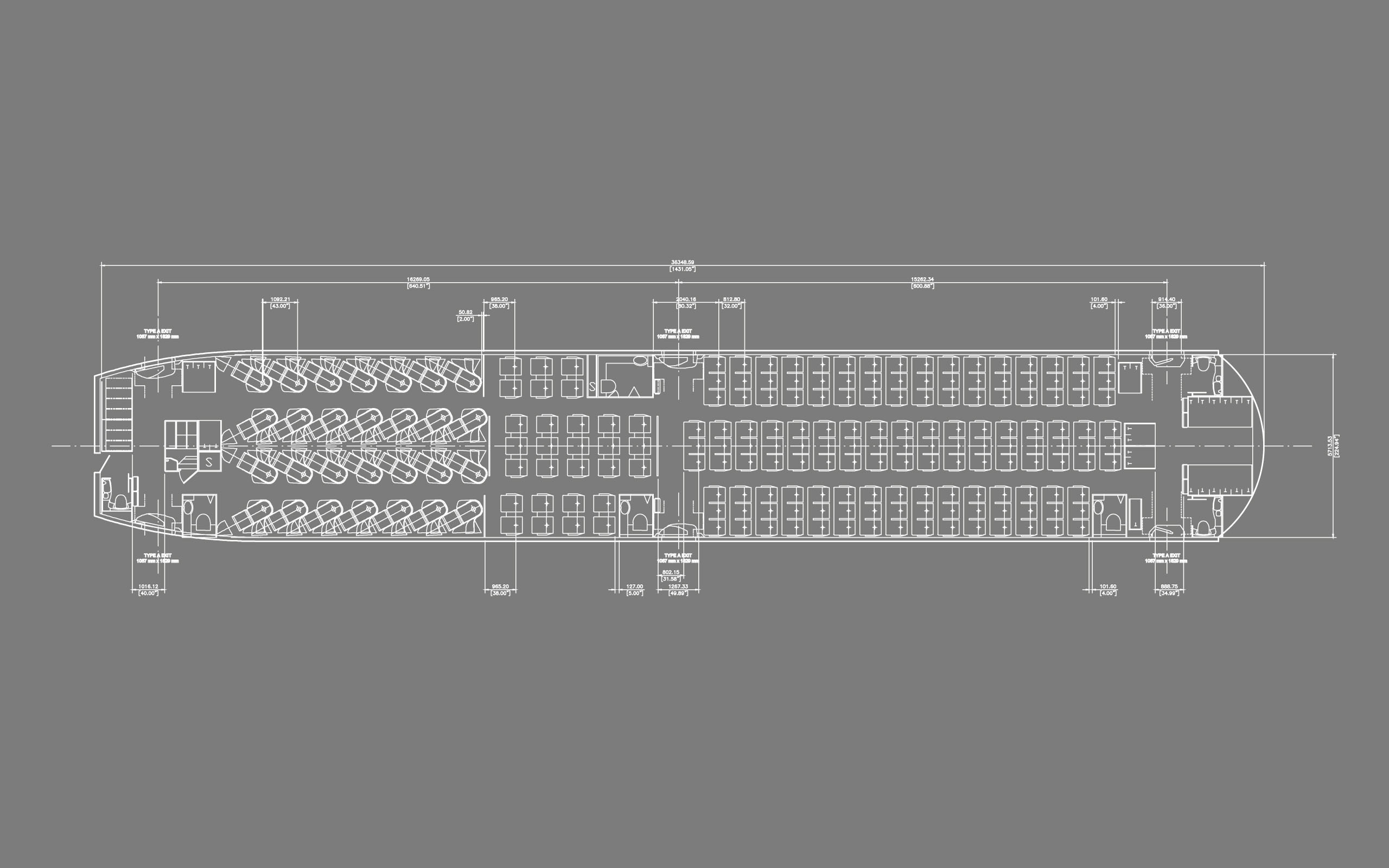


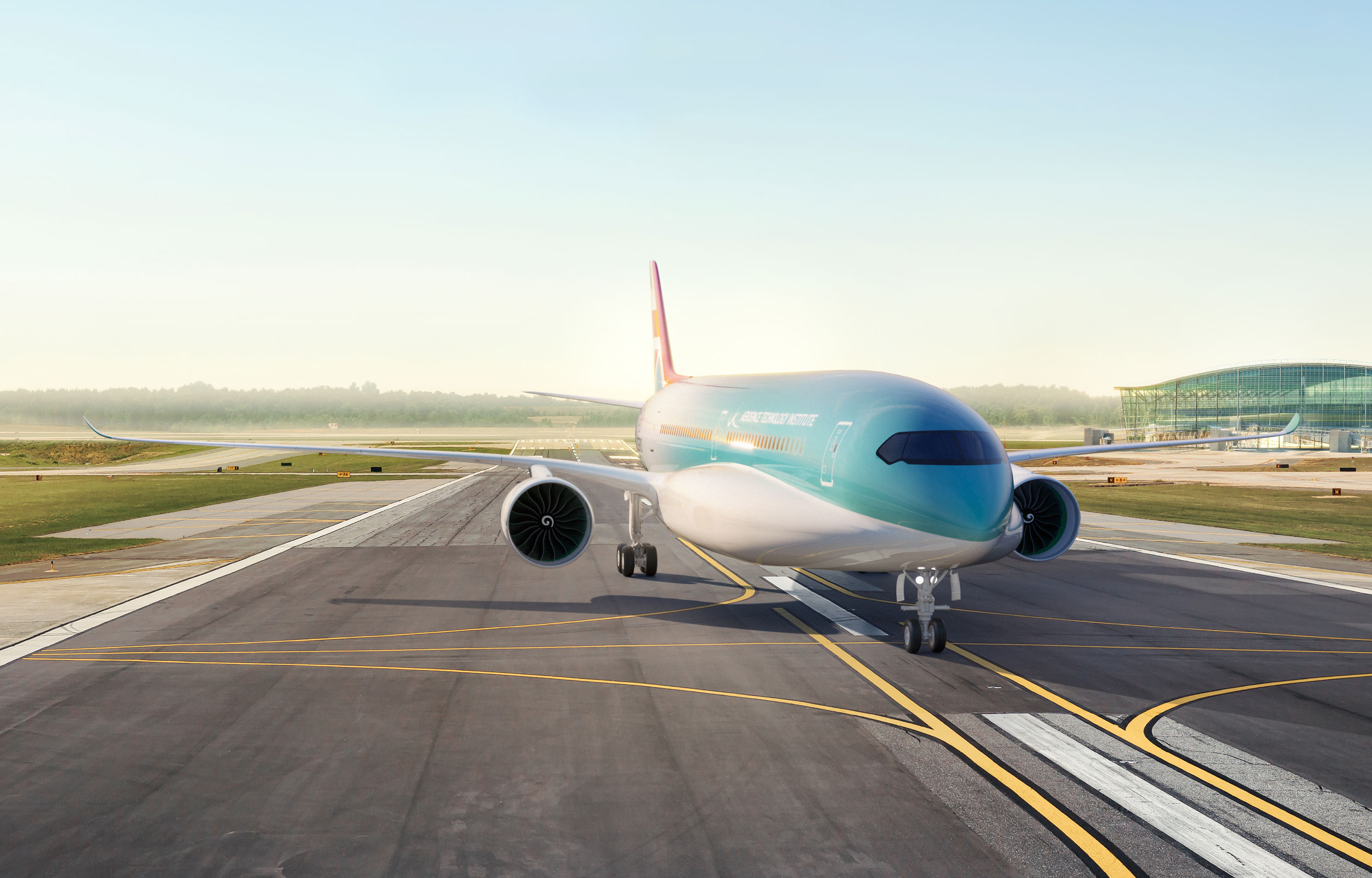
FlyZero Narrowbody – Effortless flow
Seeking ultimate efficiency, the Narrowbody’s spheroid fuselage tapers gently towards the nose from the large hydrogen tank in the tail, providing aerodynamic benefits and an outstanding passenger experience. The Narrowbody matches the capacity and performance of a conventional single aisle airliner but the cabin provides several distinct advantages.
Passengers boarding the aircraft turn left into a premium cabin or right into economy, and those entering economy will have the use of two aisles to reach their seats rather than one. As well as providing a refined and stress-free boarding experience for all passengers, these characteristics minimise the operationally critical aircraft loading and unloading times. Digital simulations also indicate that emergency egress will be faster and therefore safer. The twin aisle layout provides 40% more overhead stowage space compared to today’s benchmark aircraft, further enhancing the boarding experience and reducing the anxiety and inconvenience associated with today’s oversubscribed luggage bins.
The unique form of the cabin offers more characterful interior designs. The widebody style entrance zone allows crew to greet passengers and provides space for distinctive furnishings, the premium cabin provides true exclusivity and a more intimate environment, and economy passengers will enjoy the wide, open space with its gently curved walls and ceilings.


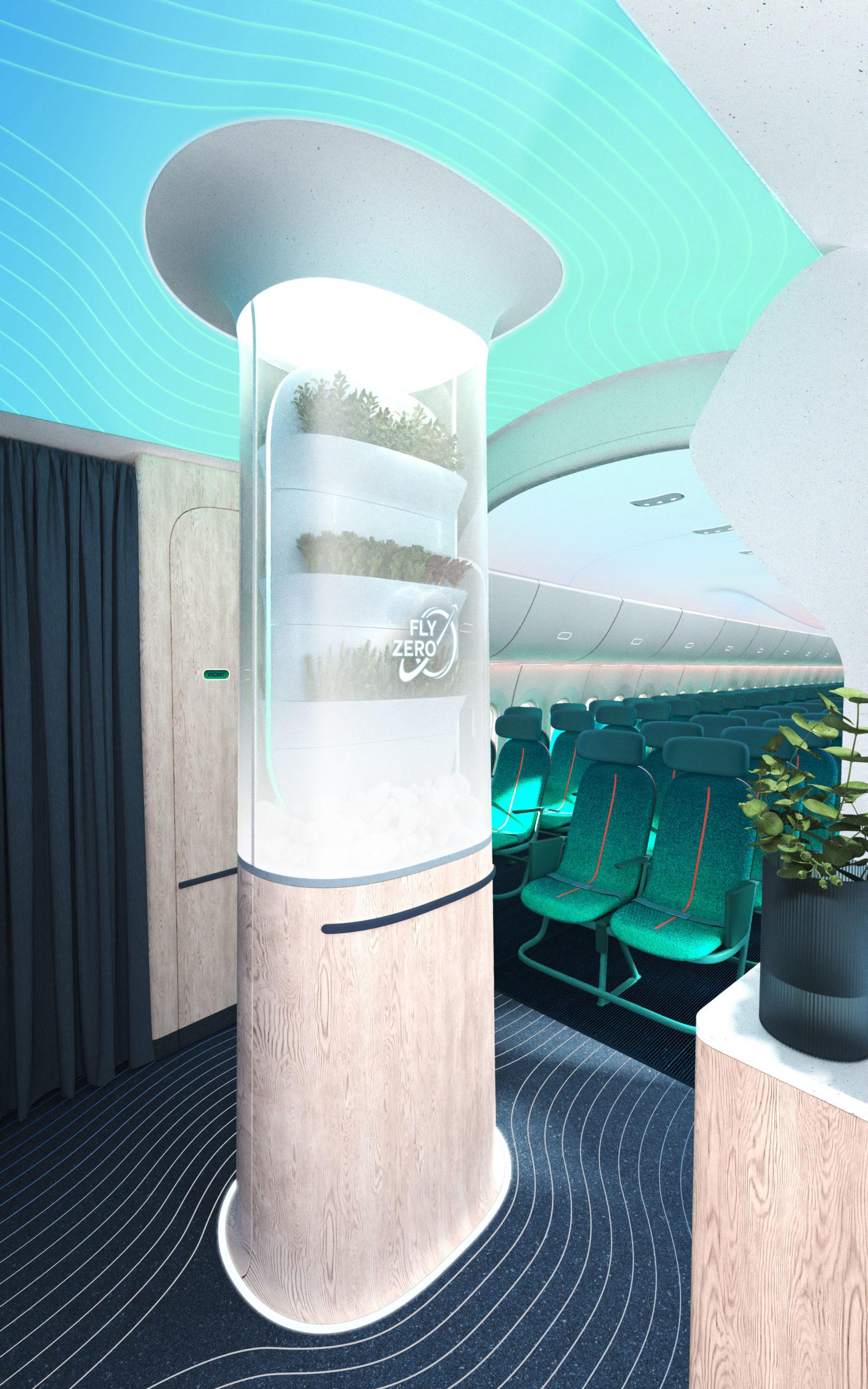
Narrowbody Skygarden
Food waste in the cabin is a significant issue. The IATA Cabin Waste Handbook reveals that up to 1.43 million tonnes of unconsumed food and beverages were carried into the air and brought back down again in 2017 alone. Inspired by this insight, the FlyZero Narrowbody SkyGarden offers airlines a breath-taking boarding experience that will inspire fliers and address another aspect of aviation’s environmental impact.
Diffusing invigorating natural light into the entrance space from the aperture created in the ceiling, the vertical garden provides airlines with a stunning statement piece around which to define a unique entrance, demonstrating their commitment to innovation and sustainability. The base of the garden houses a hydroponic nutrition system and the flowing exterior form and transparent upper section enable passengers to navigate the space with ease.
Fliers can look forward to ‘just-picked’, fresh fruits and vegetables in their inflight meals, and because the living plants will not spoil, they can be retained in the cabinet over several flights until eaten, eliminating waste.



FlyZero Regional – Further into the future
Where the Midsize and Narrowbody aircraft rely on familiar gas turbine engines, the Regional explores more radical territory by using its cryogenic hydrogen fuel to generate electricity using fuel cells. This electricity then powers six electric motors distributed along the length of the wing.
Compared to today’s benchmark, FlyZero’s Regional aircraft has a wider fuselage, again driven by the tank size, providing a more spacious feeling cabin with a 3-2 seating arrangement and over 50% more overhead stowage space.



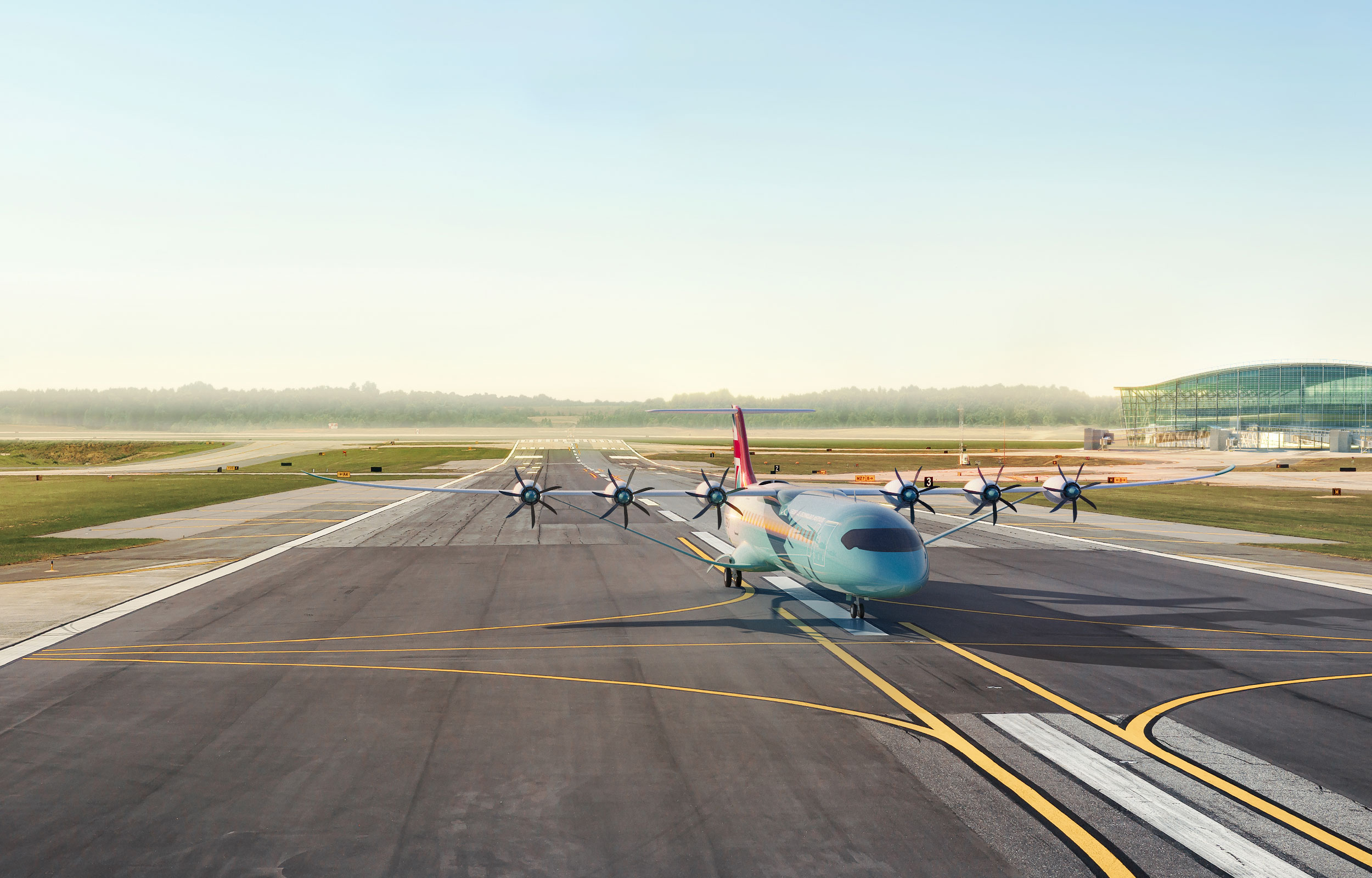
“Working with Orson Associates, FlyZero created a look and feel for the project’s three concept aircraft which reflected an aspirational vision for zero-carbon emission air travel.
Orson Associates supported the project’s holistic approach to the challenge by exploring elements of the aircraft that impact passengers and crew ensuring the concepts would meet requirements on both safety and comfort.”
ATI FlyZero, 2022

